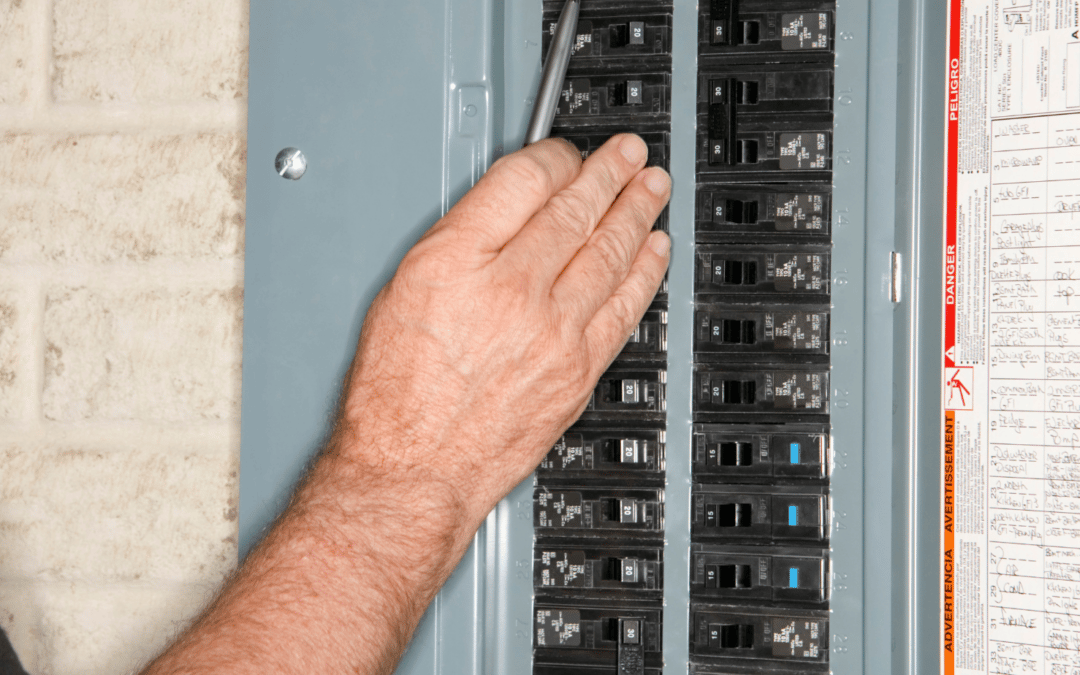Specialized technical support for electrical industry for growth and progress.
Specialized technical support for electrical industry for growth and progress.
Blog Article
Top Tips for Effective Electric System Troubleshooting
Fixing electric systems needs a methodical method, grounded in an extensive understanding of electrical principles and security methods. The nuances of effective repairing extend beyond mere technical knowledge; recognizing exactly how to document findings and focus on safety and security can dramatically affect end results.
Understand the Basics
Understanding the essentials of electric systems is necessary for effective troubleshooting, as a strong structure enables specialists to diagnose and solve problems more successfully. A comprehensive grasp of electric principles, such as voltage, present, resistance, and power, is crucial in recognizing the origin of issues. Voltage is the electrical possible difference that drives existing via a circuit, while resistance opposes the flow of current, influencing the general capability of the system.
Familiarity with circuit elements, consisting of resistors, capacitors, diodes, and switches over, is likewise extremely important. Each element plays a distinct function in circuit actions and can impact efficiency when malfunctioning. Additionally, recognizing series and identical circuit arrangements is important, as these setups influence the distribution of voltage and present within the system.
Professionals have to be conscious of potential hazards, such as shock and short circuits, to implement safe troubleshooting practices. By mastering these fundamental concepts, specialists improve their capability to carry out effective diagnostics and repair services, eventually leading to enhanced performance and integrity of electric systems (electrical system troubleshooting).
Gather Necessary Equipment
Reliable troubleshooting of electrical systems needs the ideal set of devices to identify and deal with issues accurately. A fully equipped service technician can dramatically boost effectiveness and efficiency in identifying issues. Vital tools include a multimeter, which gauges voltage, present, and resistance, permitting precise examinations of electric parts. Clamp meters are additionally valuable for gauging present without disconnecting the circuit, making certain safety and convenience.
Additionally, protected hand devices such as screwdrivers, pliers, and cable pole dancers are important for securely manipulating electric links. It is likewise suggested to have a circuit tester available to validate the visibility of voltage in outlets and cables. For even more complex systems, a thermal imaging cam can help discover overheating components, indicating prospective failings.

Adhere To an Organized Approach
Having actually gathered the appropriate tools, the next action in fixing electrical systems is to adhere to an organized technique. A systematic technique ensures that professionals can recognize mistakes successfully and precisely, reducing downtime and protecting against unnecessary repair work.
Begin by examining the system's schematic diagrams and regulatory compliance assistance specifications. This includes monitoring each component systematically, starting from the power resource and functioning towards the tons.
Make use of testing equipment, such as multimeters and oscilloscopes, to gather objective information concerning voltage, existing, and resistance at different factors within the system. This empirical proof will certainly guide your troubleshooting efforts and help to verify or get rid of possible sources of failing.
Additionally, consider ecological aspects that may influence the system's performance, such as temperature level fluctuations or moisture access. A detailed assessment of wiring, links, and parts will guarantee that all possibilities are represented.
Record Your Searchings For
Comprehensive paperwork is necessary in the repairing procedure of electric systems. Precise documents enhance the performance of identifying recurring problems and assist in communication among staff member. Each finding should be thoroughly noted, consisting of signs observed, tests carried out, and the results of those examinations. electrical system troubleshooting. This method not only help in comprehending the source of the problem yet also functions as a reference for future repairing efforts.

Furthermore, keeping a log of parts replaced or fixings executed is vital. This details supports stock monitoring and can aid examine the long life and reliability of specific parts.
Eventually, the documentation process must be complete yet concise, allowing simple retrieval and review - electrical system troubleshooting. By prioritizing comprehensive documentation, professionals can create a valuable data base that not only help in current troubleshooting but also equips future maintenance efforts, thereby improving total system reliability

Prioritize Safety And Security Steps
Acknowledging the inherent risks associated with electrical systems is vital for making sure safety during troubleshooting. Electric shock, burns, and equipment damages are just a few of the possible dangers that specialists encounter. Prioritizing security measures is not just a legal commitment yet likewise an ethical important that safeguards both the technician and the surrounding atmosphere.
Before commencing any troubleshooting job, service technicians need to don ideal individual safety tools (PPE), including shielded gloves, security glasses, and flame-resistant clothes. Ensuring that the workspace is dry and totally free of mess can considerably lower the danger of mishaps. It is crucial to de-energize circuits prior to beginning any kind of work, validating that they are not live via the use of a multimeter or voltage tester.
Developing clear interaction procedures with employee is likewise crucial; this makes certain that every person is aware of potential risks and the condition of the electric system being dealt with. Having an emergency situation feedback strategy in place can verify indispensable in the event of a case. By focusing on precaution, service technicians can successfully alleviate threats and foster a much safer office.
Final Thought
Efficient electrical system troubleshooting counts on an extensive understanding of basic principles and a methodical approach. Focusing on safety actions makes sure the well-being of people included and the stability of the electrical system.
Report this page